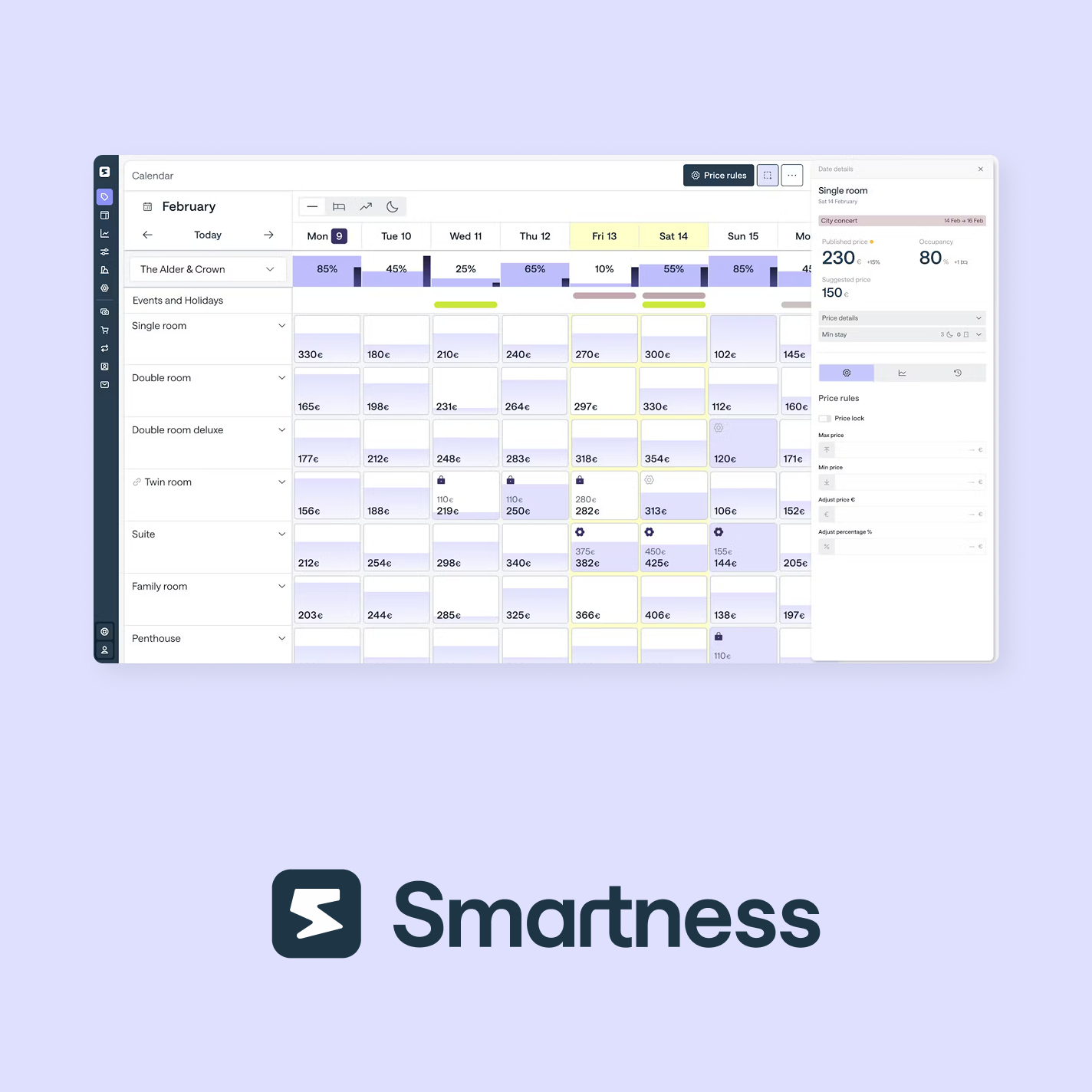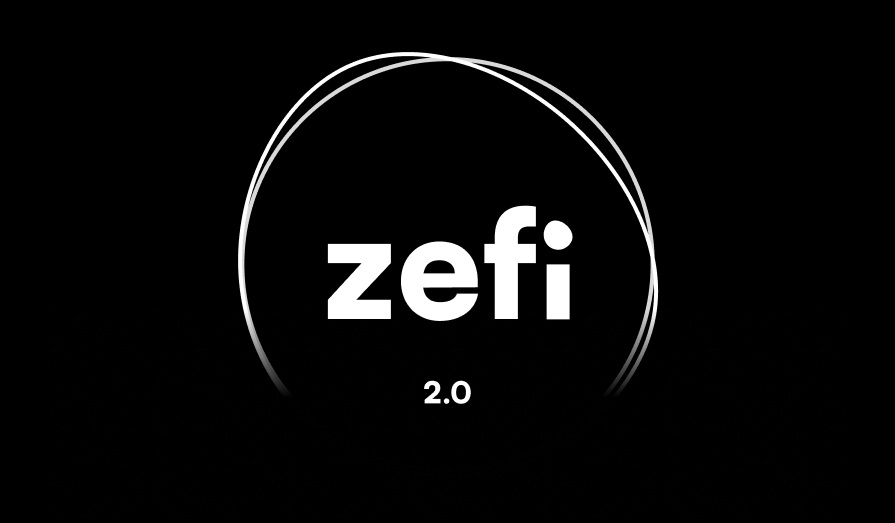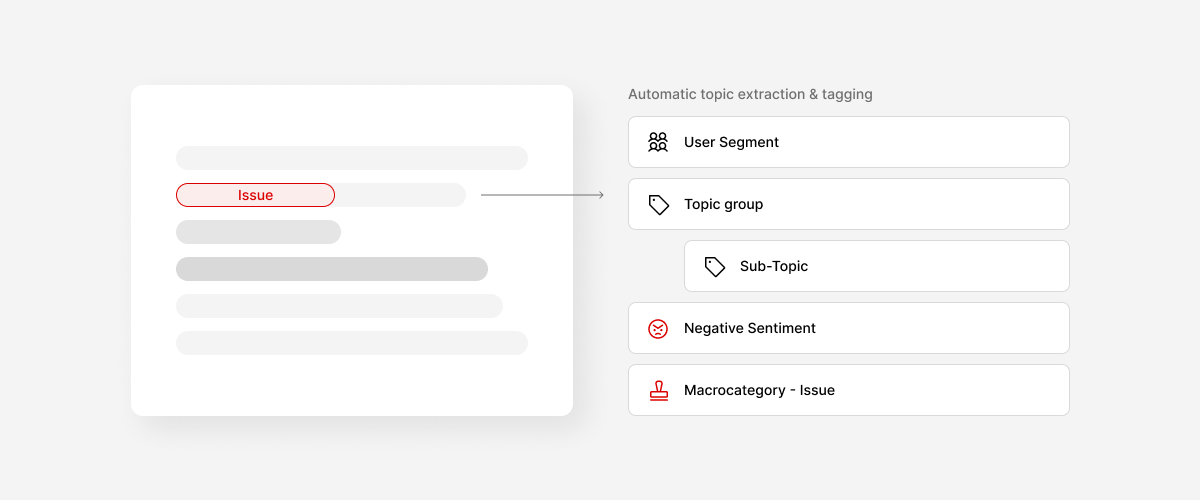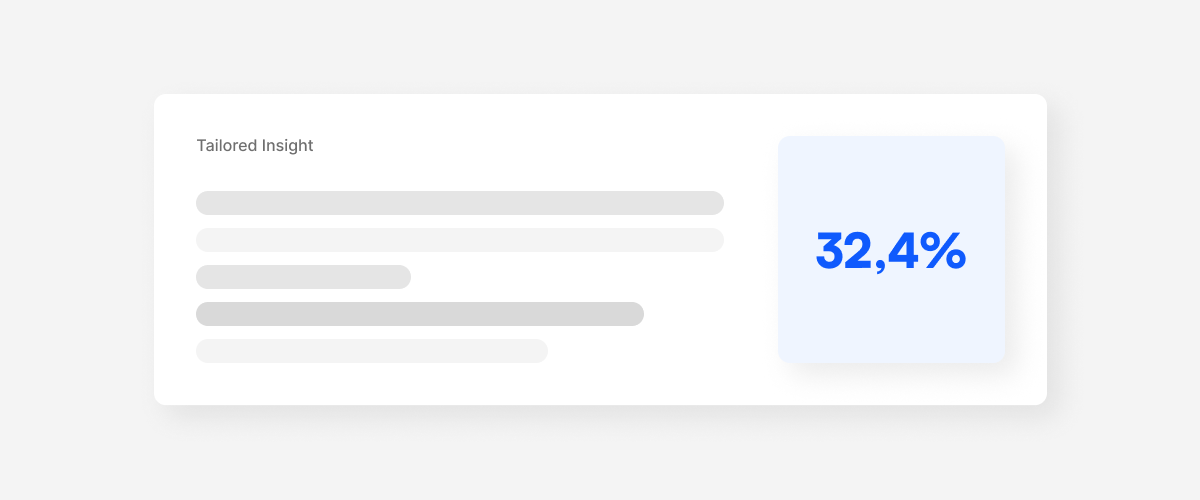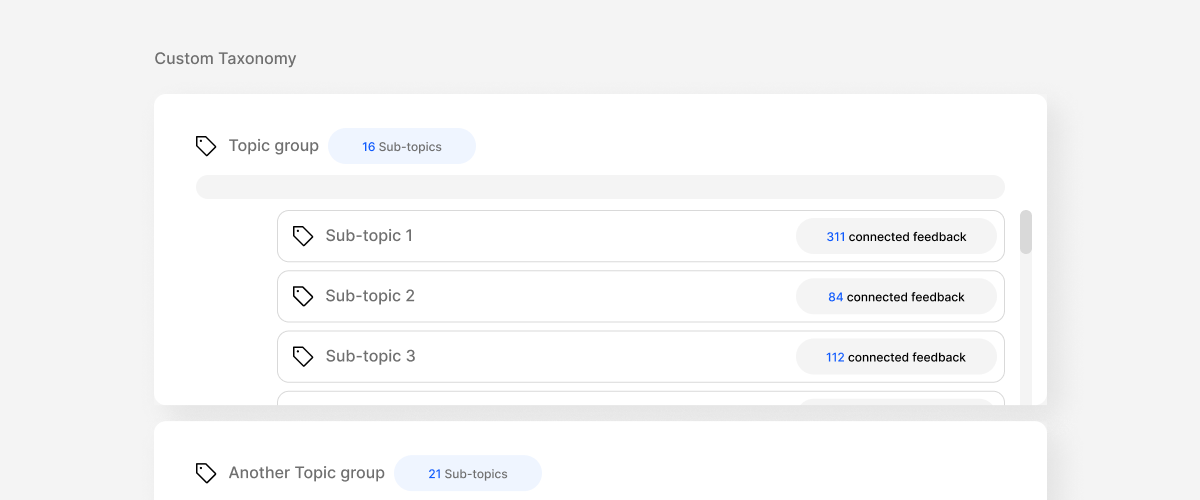Product roadmaps are used by product managers and dev teams to outline a product’s vision, strategy, direction, and future development over a specific period.
A well-crafted and successful product roadmap:
- Communicates product strategy to stakeholders, aligns teams, and facilitates smarter decision-making
- Adapts to changing priorities and market conditions
- Details of development timelines, themes, features, milestones, dependencies, and constraints
- Supports market success, long-term objectives, and market responsiveness, along with prioritization, resource allocation, risk management, and collaboration
Product roadmaps usually include:
- A clear and structured plan for the future development of a product, outlining the vision, goals, and objectives that guide the product’s evolution
- Simple communication that helps stakeholders—like executives, marketing teams, and development teams—develop a shared understanding of the product’s strategy and direction
- Resource allocation that accurately reflects the needs of planned development efforts over a specific timeline, preventing bottlenecks
- A shared reference point that aligns teams and individuals towards the same goals - like an OKR or common shared KPIs
- The product’s long-term vision, ensuring that development efforts align with the company’s overall strategy
The best roadmaps act as decision-making guides that outline priorities and goals, giving teams more opportunities to make smart, data-driven choices. They foster transparency in a product’s development trajectory, promoting accountability and tracking progress against milestones.
Different types of product roadmap
Often, organizations use a combination of different roadmaps to cover various aspects of product strategy, development, and communication. You might use different visualizations of the same roadmap depending on the department you’re talking to - but also based on goals or information you want to convey to your stakeholders.
Keep reading to find out!
Strategic Roadmap
This type of roadmap outlines the high-level strategic direction of a product over a longer time horizon, often spanning 12 to 24 months or more. It communicates the overall vision, key themes, and major objectives for the product’s evolution.
Tactical Roadmap
A tactical roadmap breaks down the strategic goals into more actionable steps. It typically covers a shorter time frame, usually 3 to 6 months, and focuses on specific features, and initiatives that align with the strategic vision.
Release Roadmap
A release roadmap is centered around the timing and content of upcoming product releases. It outlines the features, improvements, and bug fixes planned for each release.
Feature-based Roadmap
This type of roadmap focuses on individual features or functionalities that will be developed and released. It provides a clear timeline for when each feature will be available, helping stakeholders understand when specific capabilities will be introduced.
Time-based Roadmap
A time-based roadmap outlines the product’s development plans over a specified period, often in chronological order. It’s particularly useful for showcasing the sequence of planned features and milestones.
Goal-based Roadmap
Instead of focusing on specific features or timeframes, a goal-based roadmap centers on achieving specific goals or outcomes. It’s a more flexible approach that allows for adjustments based on progress and changes in priorities.
Market-driven Roadmap
A market-driven roadmap is influenced by market trends, customer feedback, and competitive analysis. It ensures that the product’s development aligns with market demands and customer needs.
UX/UI Roadmap
This roadmap focuses on the user experience and user interface aspects of the product. It outlines design enhancements, user-centered improvements, and visual updates planned for the product.
Internal Roadmap
An internal roadmap is used primarily for internal communication within the development team and organization. It may include technical milestones, infrastructure upgrades, and other internal initiatives.
The vast majority of product roadmaps represent a combination of these considerations, with the primary focus depending on the maturity of the product, the size of the business, and the resources at hand.
What Should Product Roadmaps Contain?
A well-constructed product roadmap should contain a comprehensive set of information that effectively communicates the product’s strategy, direction, and development plans to stakeholders.
Just make sure that you got the following:
- High-Level Vision and Goals
Clearly articulate the overarching vision and goals of the product.
- Timeline
Outline the time frame covered by the roadmap, indicating key milestones and releases
- Themes and Objectives
Identify the major strategic focus areas for the product’s development.
- Features and Enhancements
Prioritization of features based on their value to customers and alignment with goals.
- Dependencies and Relationships
Highlight any dependencies or relationships between different features, releases, or initiatives.
- Release Plan
Provide a breakdown of when each feature or enhancement is expected to be released.
- Key Performance Indicators (KPIs)
Specify the metrics or KPIs that will be used to measure the success of the product.
- Customer Feedback and Research
Highlight insights from customer feedback, user research, and market analysis that have influenced the roadmap’s direction.
- Feedback and Iteration Process
Outline how feedback from stakeholders will be gathered and incorporated into the roadmap.
- Long-Term Vision
Briefly describe the product’s long-term vision and how the current roadmap aligns with that vision.
- Visual Representation
Use visual aids such as charts, graphs, timelines, and color coding to make the roadmap easier to understand and visually engaging.
All of this is useful and necessary, yes, but it’s worth nothing if your stakeholders don’t read it. We know.
If you’re having trouble aligning your team and sharing the vision and strategy across teams, you might want to try out Zefi! We provide an AI-first product development tool that helps you communicate internally, and collect and share feedback instantly.
Sign up now!









